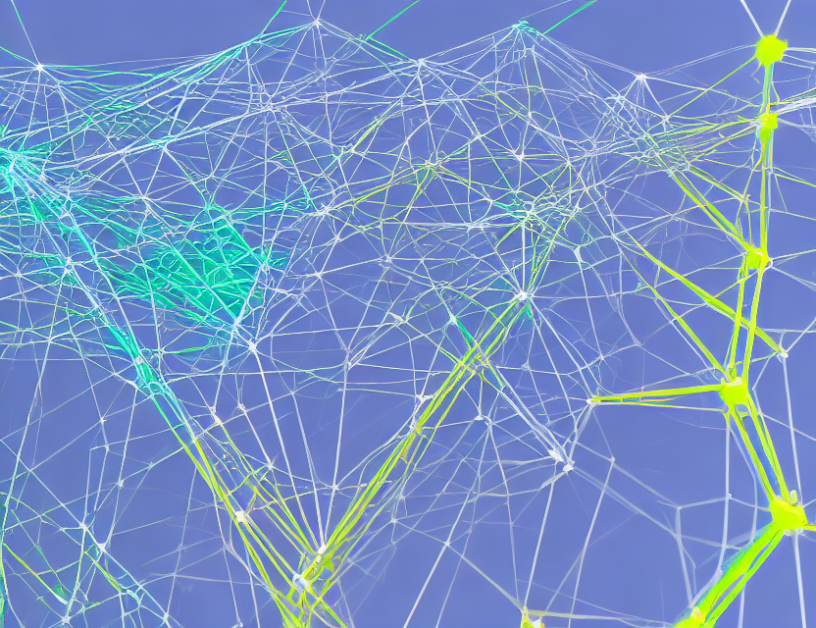In this study, the authors aim to address the challenge of scaling up sequence representation methods for large genomic datasets. They propose a new approach called NeuroSEED, which combines k-mer embeddings with a linear layer to generate scalable and accurate representations. The key innovation of NeuroSEED is its ability to handle very large k-mers, making it more efficient than existing methods for large genomic sequences.
The authors demonstrate the effectiveness of NeuroSEED through experiments on several benchmark datasets. They show that NeuroSEED outperforms existing methods in terms of accuracy and efficiency, particularly when dealing with large k-mers. The authors also provide a detailed analysis of the hyperbolic distance function used in NeuroSEED, which they found to be consistently better than other distance measures.
To understand how NeuroSEED works, let’s break it down into simpler components. First, k-mer embeddings are generated using a neural network. These embeddings capture the semantic meaning of short sequences (k-mers) within the larger sequence. Then, a linear layer is applied to these embeddings to generate the final representation. This process can be thought of as akin to building a tower of blocks, where each block represents a k-mer embedding, and the linear layer is like the mortar that holds them together.
The authors also discuss the choice of hyperbolic distance function used in NeuroSEED. This function allows for efficient computation of distances between sequences, making it more scalable than traditional distance measures. Think of it like a high-speed train that quickly and easily navigates through a vast landscape of sequences, computing distances with minimal effort.
In summary, NeuroSEED is a powerful approach to sequence representation that can handle very large genomic datasets efficiently. By combining k-mer embeddings with a linear layer, NeuroSEED provides accurate and scalable representations of DNA sequences. The use of a hyperbolic distance function makes computation more efficient, allowing for larger sequences to be analyzed in less time. This innovative method has the potential to revolutionize the field of computational biology by enabling the analysis of vast genomic datasets with unprecedented speed and accuracy.
Computer Science, Machine Learning
Exploring Alternative Self-Supervised Learning Tasks for Graph Neural Networks



